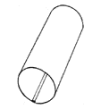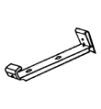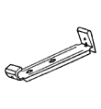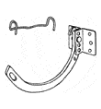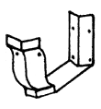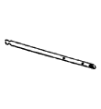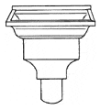Gutter Styles in Metro Detroit, MI
Differences of Gutter Styles for your Home in Detroit, MI and the Surrounding Areas
K-style and half-round gutters represent two distinct options for homeowners. Half-round gutters are frequently chosen for specialty applications, largely due to their appealing appearance. While both styles can be found in a variety of materials, the higher cost of aluminum half-round gutters often leads to their classification as a specialty option.
Many homeowners are unaware of the choices available to them when selecting a gutter system for their property. Both K-style and half-round gutters come in 5-inch and 6-inch sizes, and each can be adapted as a radius gutter, which means they can be shaped to fit areas of the home with a semi-circular design. If you live in Farmington Hills, Ann Arbor, Macomb, or the surrounding areas of Detroit, MI, call (734)-743-8783 to learn more!

*Half-Round Seamless only available in some locations. Ask your Solutionist
Complete Our Form for Gutter Solutions
Fill out the form today to schedule your free estimate! Our specialists will help you explore all gutter options and design the perfect system for your home and location.
Types of Gutters
Types of Leaders
A leader, more commonly known as a downspout, is connected to the gutter and carries water from the gutter to the ground. These leaders come in various sizes to accommodate a home’s specific needs.
Types of Hangers
A hanger is the component that holds the gutter together and attaches it securely to the house. It functions by gripping the front lip of the gutter and snapping onto the back, ensuring a firm hold. The types of hangers commonly installed by professionals today typically operate in this manner. Each of these hangers uses a threaded screw to fasten the gutter to the house, providing stability and support.




